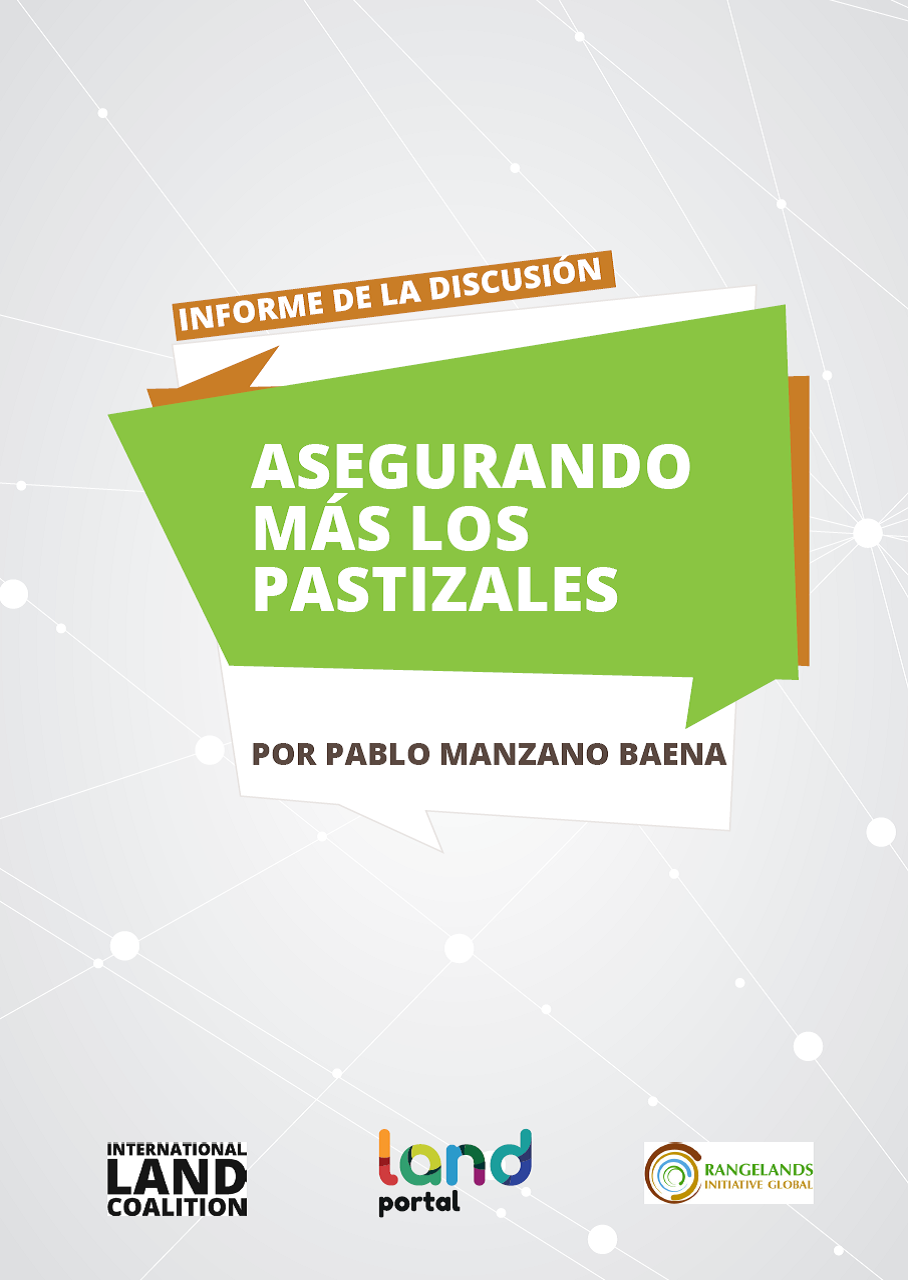Nigeria: The Harvest Of Death - Three Years Of Bloody Clashes Between Farmers and Herders in Nigeria
This report documents the violent clashes between members of farmer communities and members of herder communities in parts of Nigeria, particularly in the northern parts of the country, over access to resources: water, land and pasture. It also documents the failure of the Nigerian government in fulfilling its constitutional responsibility of protection of lives and property by refusing to investigate, arrest and prosecute perpetrators of attacks.




